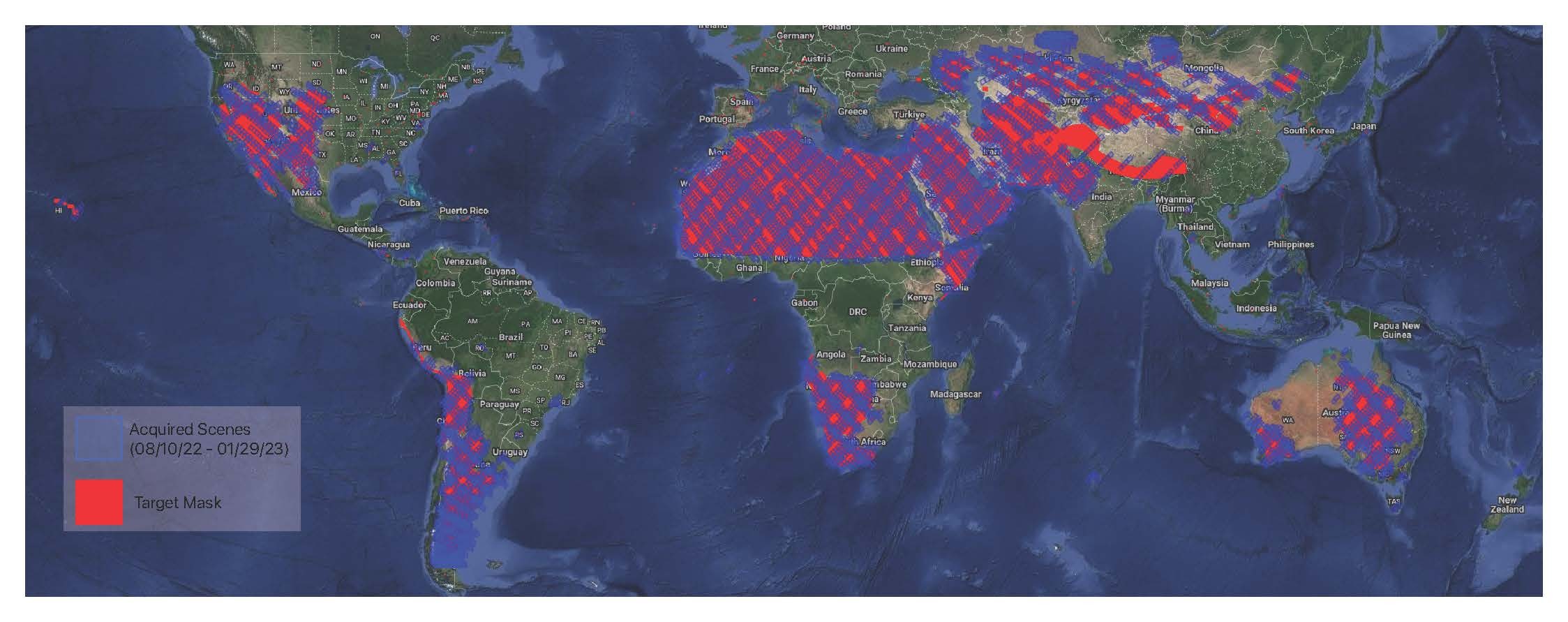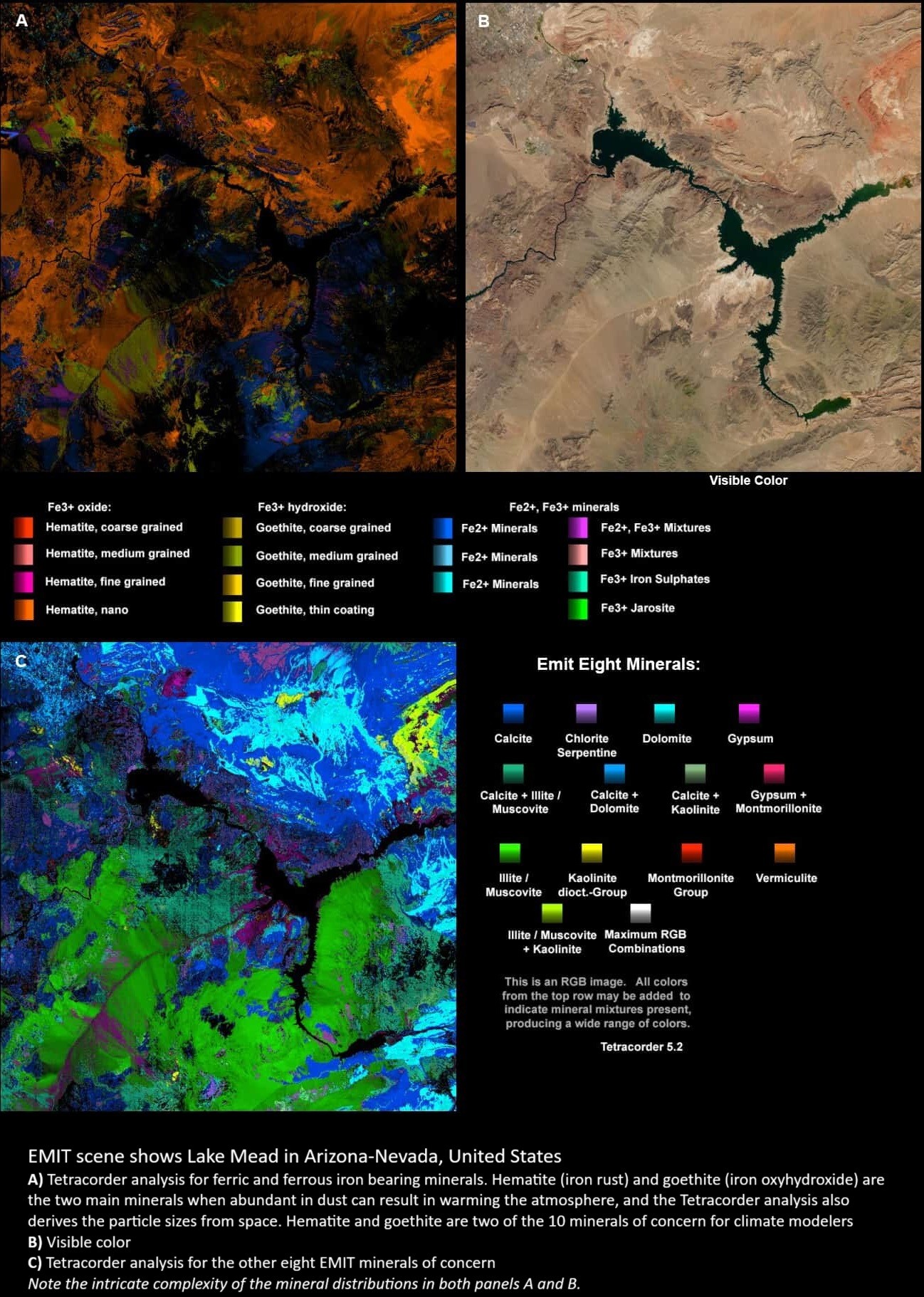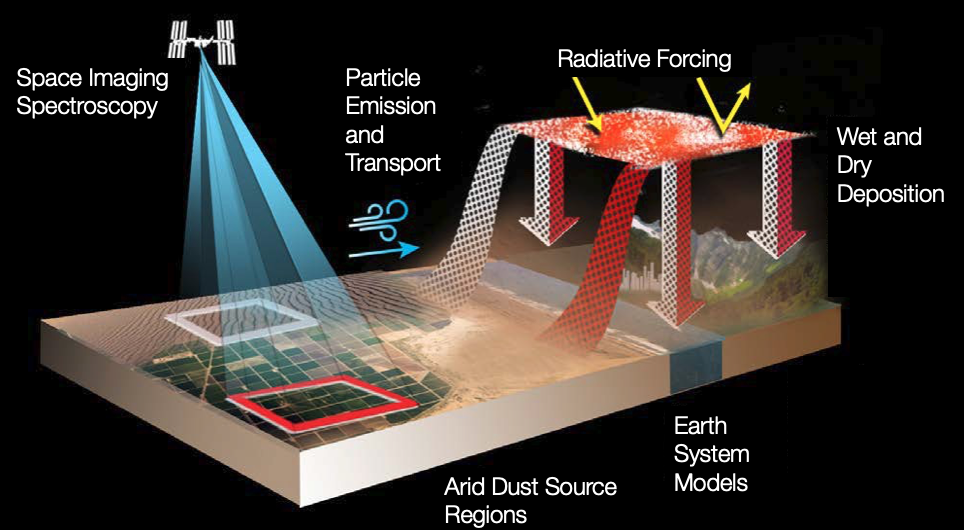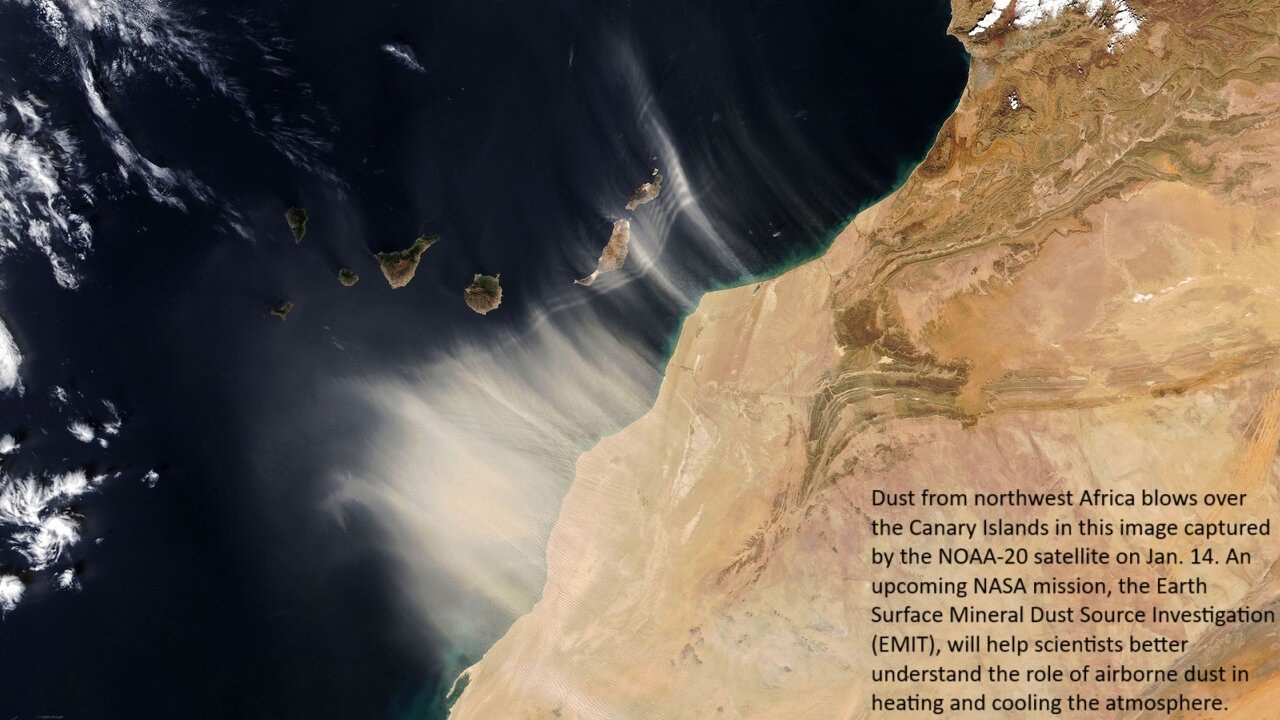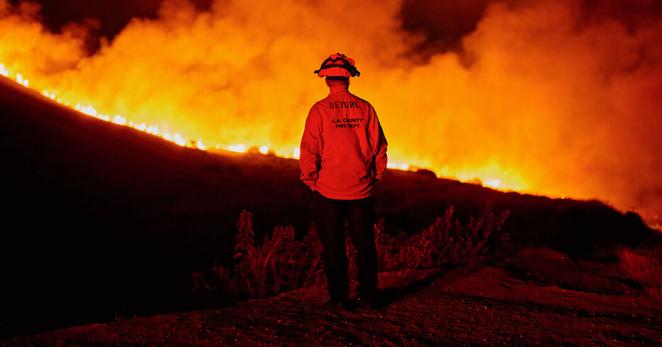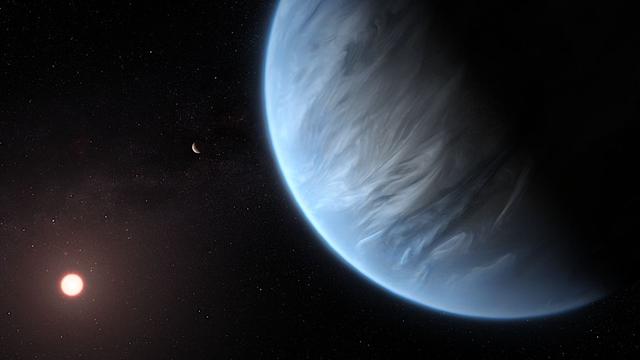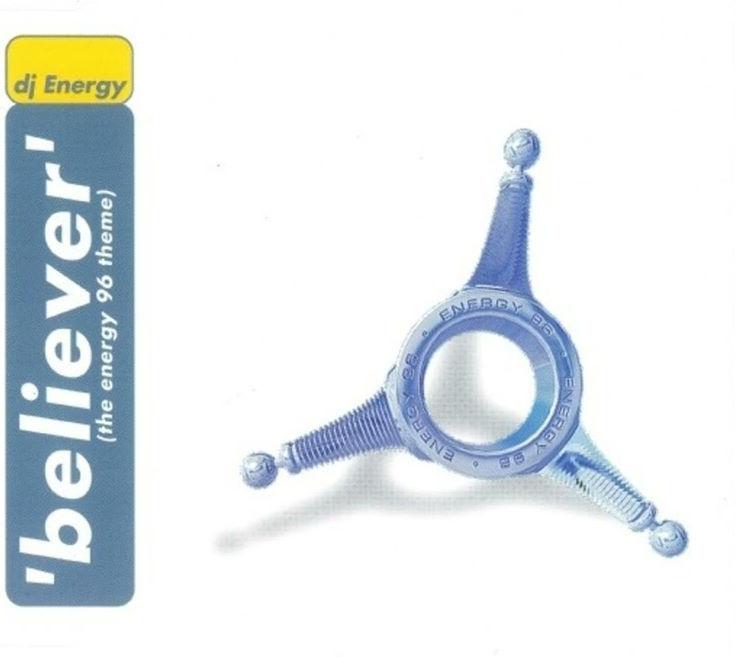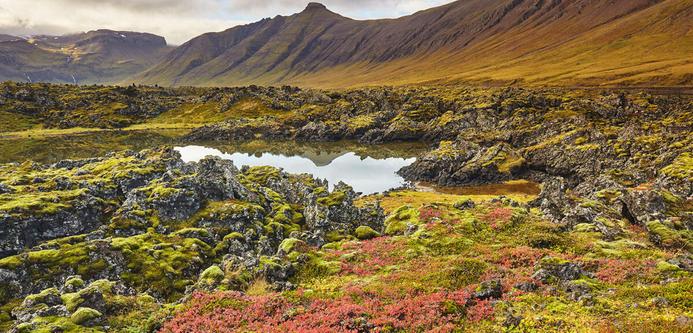Here's a few specific questions I have ... very interested in hearing people's thoughts! If you'd prefer to respond anonymously, here's a CryptPad form (it takes a few seconds to load, so don't panic; and it's kind of long, but all the questions are optional).
What examples have you seen of successfully leveraging social networks for organizing and mutual aid? (It's fine to include examples from centralized commercial social networks as well as alternative and/or decentralized social networks)
How could social networks better support organizing and mutual aid?
What do you see as the most promising and/or urgent short-term opportunities?
Are there relevant studies, articles, papers, books, videos, and/or podcasts?
And if you'd like to get involved, you can leave your contact info in the form and we'll follow up with you once there are some concrete next steps in place. (Although you're also welcome to fill out the form anonymously!)



